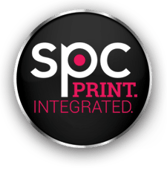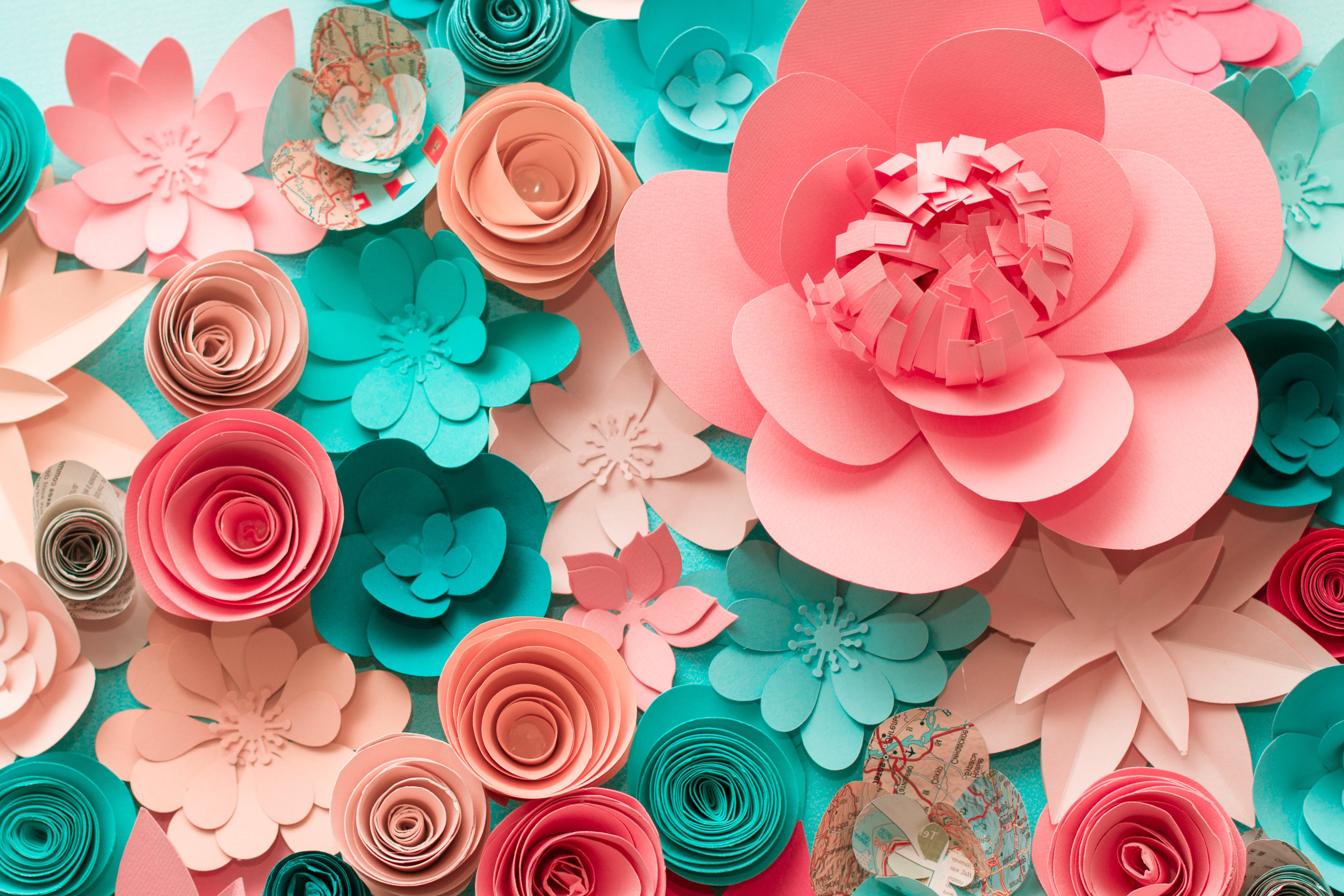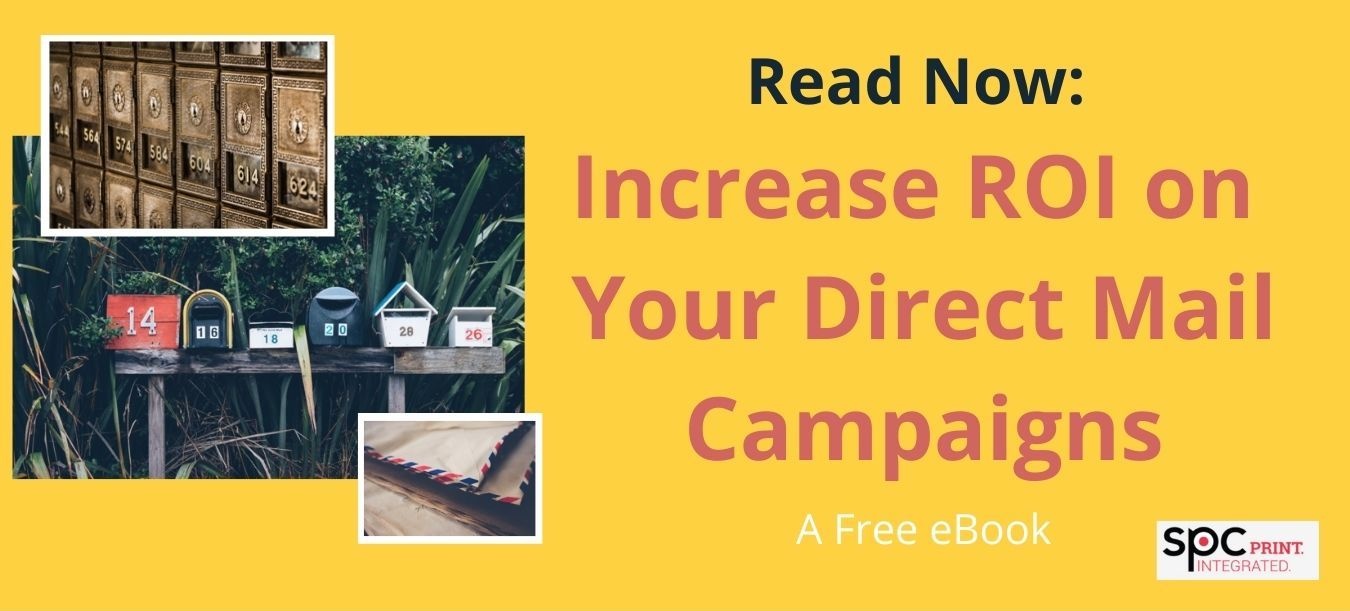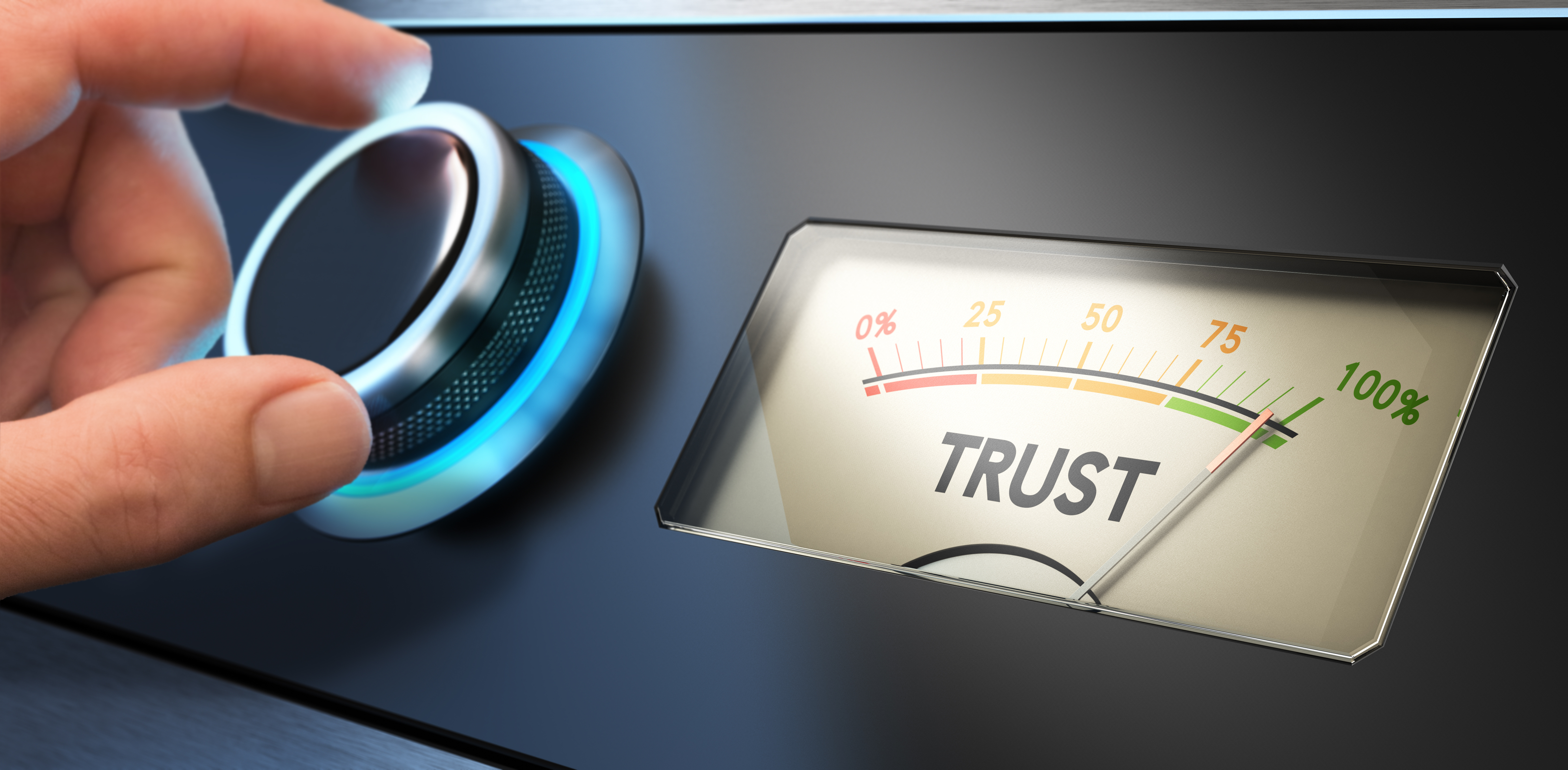Paper Crafting with the Cricut
Even in the digital age, hands-on hobbies are still quite popular. Many people enjoy participating in more traditional forms of crafting, or at least new spins on classic pastimes. One material that stands the test of time with crafters is paper.
Did you know that there is actual science that proves the benefits of working with paper? Studies show that manipulating tactile objects stimulates multiple areas of the brain at once and helps with the creation of new neural pathways. Plus, finishing a craft project is akin to achieving a goal, which makes us feel happy and accomplished. Another bonus is that anyone can get involved in this activity, from your children to your parents to a new friend. Transforming a flat, blank piece of paper is both a brain and confidence booster, as well as a great way to connect with others.
Considering all of that, it makes perfect sense that Cricuts are so popular among at home crafters. No, we’re not referring to the lucky, jumping insects. Cricuts are digital die cutting machines. They’re perfect for taking paper crafts to the next level, but they’re also often used to cut vinyl. Certain machines and blades can even work with balsa wood, fabrics, leather, and cork.
There are currently three different types of Cricut machines: Maker 3, Explore 3, and Joy (from most to least expensive). The more robust options offer that ability to work with a larger variety of materials, but the compact and convenient Cricut Joy is a great option for paper crafters who are looking to try something new without breaking the bank. All three machines can be used with paper and cardstock.
Die cutting has played a huge role in the commercial print world for decades, but it’s fascinating to see how popular these digital at home machines have become. For those who are unfamiliar, die cutting simply refers to the process of cutting thin, flat materials into specific shapes, using a steel cutting die. Although the “flat materials” being cut in the print industry are usually various papers, this process was created for an entirely different line of work. In the mid-1800s, die cutting was invented to make cutting leather for shoes more efficient. These machines totally changed the game, considering prior to them, holes in leather were punched by hand. That means a lot of human labor, a lot of time spent, and many inconsistencies in the final products. Die cutting allowed cobblers to replicate patterns with minimal effort, leading to the mass production of shoe soles, and some argue, the beginning of standardized sizes for the masses.
In the early 1900s, the swing-arm clicker press entered the picture. This addition to die cutting machines allowed for the quick use of different dies, and therefore the easy production of various shapes and sizes. Innovations such as this not only helped companies, but they drastically reduced the cost of final products for consumers. Great news when it comes to shoes! Affordable options are always needed in that market.
Although die cutting was invented to help a specific industry, through the years more and more applications were found for this process. When it comes to commercial printing, die cutting is quite versatile. The method can be used to cut out decorative shapes or patterns to use within a larger piece, or it can be used to create the main shape of a design by cutting an entire sheet of paper in an interesting and distinct way. Whether the method is used on a project for the sake of aesthetics or function, die cut elements draw attention to the 3D nature of paper and the characteristics of the material itself, thus emphasizing the tactile experience of holding a paper item in your hands.
Stepping away from the industrial revolution and into our modern world, die cuts have gone digital, and Cricut machines are the perfect example of that. To use one, the first step is to connect it to your computer, tablet, or smartphone via Bluetooth or a cable. On the device of your choice, you can access Cricut “Design Space.” This software gives you access to thousands of files you can download. Some of these designs cost money, but others are completely free. Within Design Space you can also edit and adapt these files, or you can even upload your own unique options!
Once you’re happy with your design, you prepare your material by securing it to a Cricut cutting mat. Then, all it takes is the press of a button and the machine begins to cut out your design. Each Cricut has a small blade which moves around the material you are cutting following the lines of the design you have created or downloaded. Watch this video from Christy Cain to get a visual understanding of this process.
If you watch the video, you’ll also see that Cricut offers a line of accessories to use with their die cutting machines, such as pens and scoring tools. While these do help you take your craft projects to the next level by making writing and drawing intricate designs easier, they’re not essential, as Christy explains. The accessories that come in the box with your Cricut machine are all that you need to get started. However, you do have to replace parts overtime, such as the blades and cutting mats.
So, the value of die cuts is clear to a cobbler or a pressman, but why do people have such machines in their own homes these days? Well, just like with other die cutting applications, Cricut crafting can make your life easier and more efficient. For example, many users create labels that help with daily organization. The other side of the die cut coin is pure aesthetic, decorative fun! Cricuts make it simple for anyone to make stickers and decals, and even customize clothes. When it comes to paper crafts, the machines are perfect for stationery and business cards. The creative possibilities are limitless though! We’re talking paper party banners, cake toppers, and flowers, just to name a few!
It’s also worth mentioning that both the practical and whimsical features of Cricut machines have allowed a lot of people to start or grow their own small business. For example, when Christy Cain from the video reference above was asked by CraftWorld why she uses Cricuts, here’s what she said: “My Cricut machine has opened up a world of crafting I never knew about and really allowed me to turn my hobby into a career. It saves me time on making things by hand and it is just so much fun to use!”
Being able to cut out unique designs of your own makes this crafting tool less gimmicky and more genuinely useful. If you’re looking for a holiday gift or Black Friday splurge, this might be the perfect item! As paper nerds ourselves, we certainly understand the value and appeal of this at home die cutting machine.






Leave a Reply